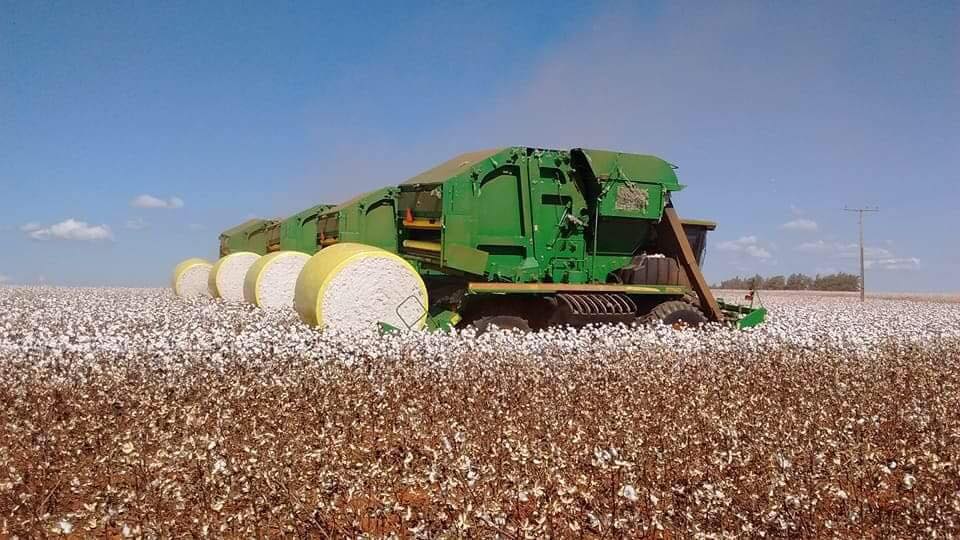Written by Ana Mano and Roberto Samora for Reuters
SAO PAULO, Nov 17 (Reuters) - Extremely dry weather is forcing farmers to give up on soy to plant cotton or another crop in Brazil's top farm state Mato Grosso, cotton lobby groups and growers said.
Mato Grosso cultivates two annual cotton crops, one during the soy season and another after soy is reaped from fields.
But because soy farmers have reeled from lack of rains, they may switch crops and thus expand the area to be planted with first cotton in 2023, Decio Tocantins, director at state cotton growers group AMPA, said on Friday.
"On a regular year, first cotton represents 10% to 13% of plantings in Mato Grosso but this year should reach 20%," he said.
Mato Grosso's total cotton area will rise by 8% to about 1.3 million hectares in 2023/24, AMPA's chief added.
Alexandre Schenkel, head of national cotton lobby Abrapa, reveled last week some farmers would consider planting a single crop if soy became "inviable," a tendency gaining momentum.
"There are farmers here destroying areas with soybeans because the stand is very low," grower Jose Fernandes, in Mato Grosso's municipality of Sapezal, said. "They are preparing the soil for planting cotton or even corn," he said citing his neighbors' drought stricken-soy.
Fernandes himself is waiting for forecast rains next week to decide what to do on his own farm.
"Some soybeans were looking very bad and hence were destroyed," said Claudio Scarioti, another Sapezal farmer. He projects a potential 20% loss for the soy in the area, noting farmers will re-evaluate damage after next week's showers to decide next steps.
In the south of Mato Grosso, growers typically start planting first cotton from Dec. 1 and in the mid-north from Dec. 15, Tocantins said.
The state produces 2 million tons of cotton lint in a year, or two-thirds of Brazil's production, according to AMPA data.
(Reporting by Ana Mano and Roberto Samora; Editing by David Gregorio)
Source: Reuters

